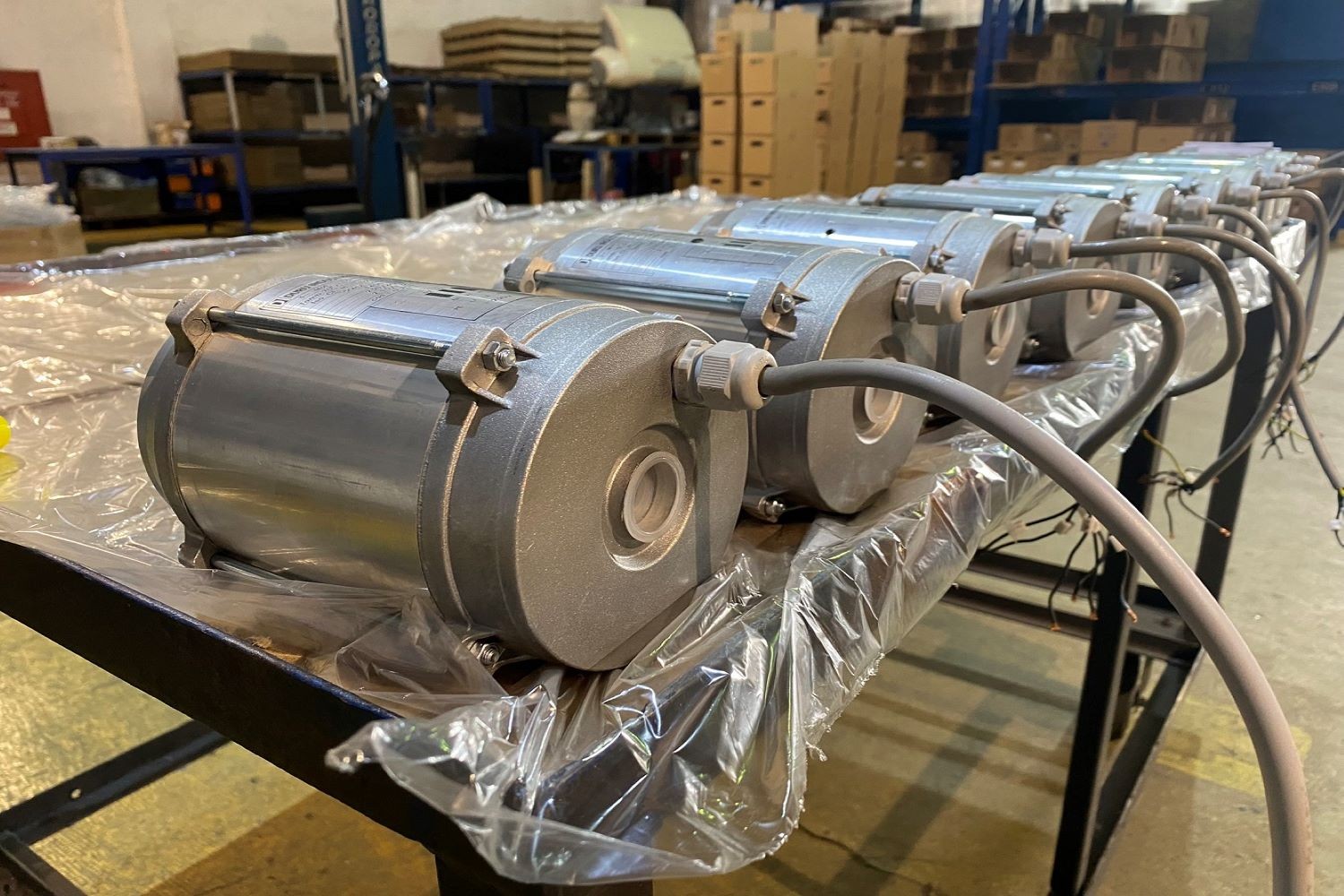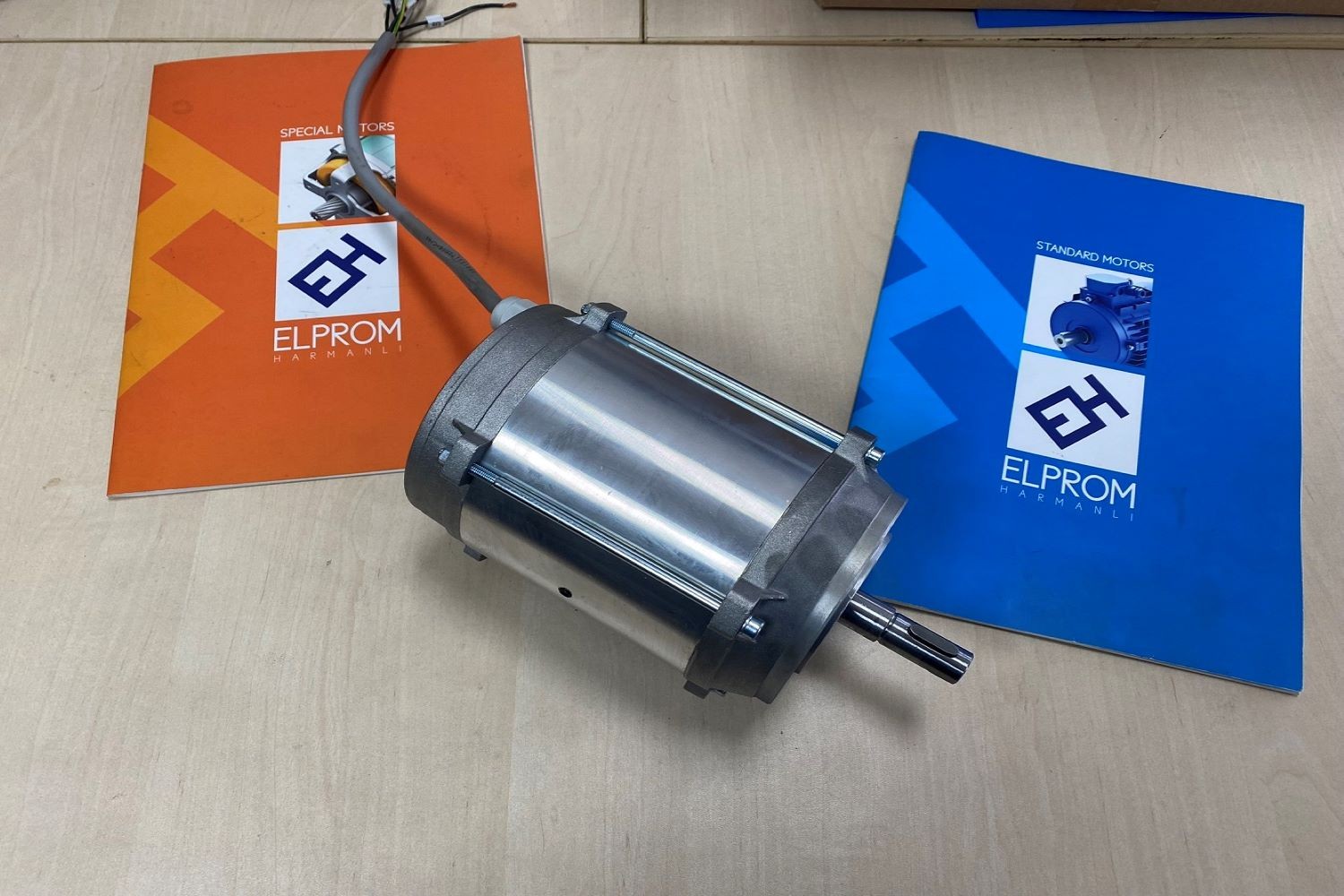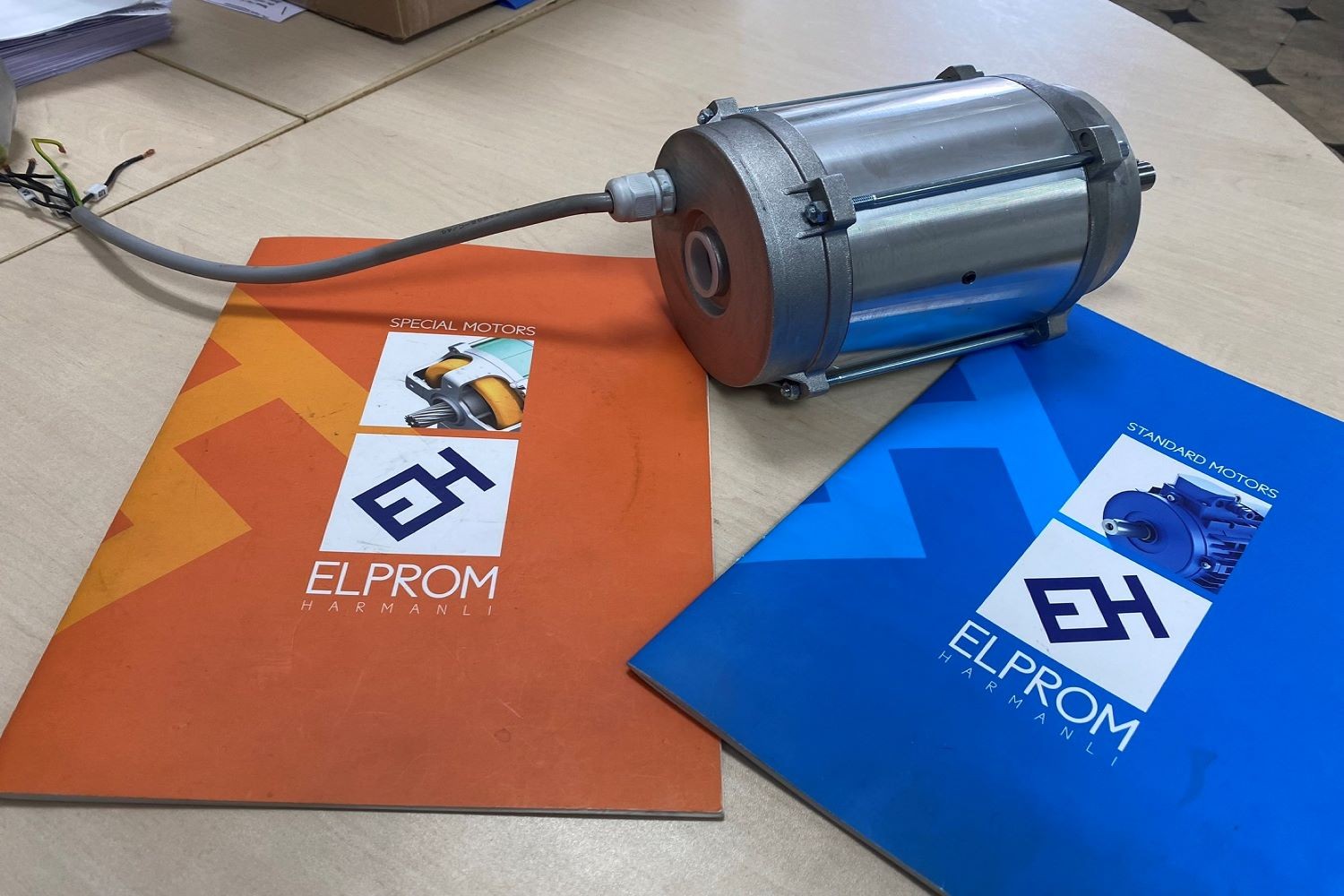Development of rail track switch motors
A rail track switch motor is an essential component of a railway track's infrastructure that allows trains to switch from one track to another. The switch motor is typically a hydraulic or electric device that is controlled by a switch operator or an automated control system. It is attached to the switch's movable components, such as the switch blades or the points, and is responsible for moving them into the correct position to allow trains to pass through. There are two main types of switch motors: electric and hydraulic. Electric switch motors are powered by electricity and are typically controlled by an automated control system. Hydraulic switch motors, on the other hand, are powered by hydraulic fluid and are controlled by a switch operator.
Switch motors must be reliable and robust to ensure the safe and efficient operation of the railway track. They must also be designed to withstand the harsh environmental conditions that they are exposed to, such as extreme temperatures and weather conditions. In summary, rail track switch motors are critical components of railway infrastructure that allow trains to switch from one track to another. They are available in electric and hydraulic variants and must be designed to be reliable and durable to ensure the safe and efficient operation of the railway track.




